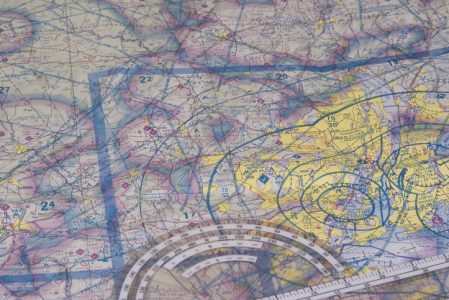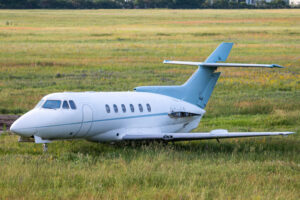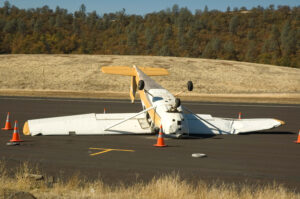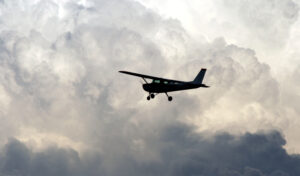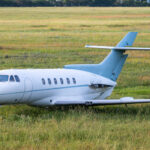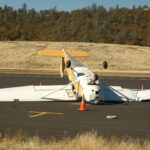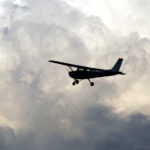Class B Airspace
Class B airspace plays a critical role in advanced flight operations, especially for professional pilots who frequently operate in and around complex, high-density traffic areas. Whether you’re managing commercial routes, flying corporate jets, or conducting charter services, a deep understanding of Class B airspace is essential to ensuring safety, efficiency, and compliance.
Let’s break down the key characteristics, regulations, and operational considerations associated with Class B airspace.
Characteristics of Class B Airspace
Class B airspace surrounds the busiest airports in the nation and is designed to protect high volumes of commercial air traffic. A few defining features include:
- Altitude Range: Class B typically extends from the surface to 10,000 feet Mean Sea Level (MSL), often structured as an inverted wedding cake with progressively larger layers.
- Horizontal Boundaries: The lateral limits vary to encompass designated flight paths and approach corridors. These are charted and specific to each airport.
- Controlled Airspace: ATC (Air Traffic Control) oversight is mandatory for all operations within Class B airspace, ensuring a seamless flow of mixed-use traffic.
Key Regulations for Class B Airspace
Operating within Class B airspace requires strict adherence to FAA regulations. These include:
- Clearance Requirement: You must receive explicit ATC clearance before entering.
- Two-Way Communication: Effective communication with ATC must be maintained at all times within the airspace.
- Transponder Mode C: Aircraft must be equipped with a Mode C transponder, and ADS-B Out equipage is also required unless exempt.
- Minimum Private Pilot Certificate (or student pilot with specific endorsements) for solo operations.
Additionally, jet and turboprop traffic must remain vigilant during departures and arrivals, as Class B often houses a mix of high-speed jets and slower aircraft, increasing the complexity of traffic separation.
Operational Considerations for Pilots
Navigating Class B airspace often calls for heightened situational awareness, precise navigation, and excellent communication skills. To operate efficiently, consider the following tips:
- Plan Ahead:
- Study the sectional chart for Class B boundaries and altitudes in your departure, arrival, or transit areas.
- Identify potential alternative routes in case delays or ATC reroutes occur.
- Familiarize yourself with local arrival and departure procedures (STARs and SIDs).
- Communicate Effectively:
- Use concise, professional phraseology when speaking to ATC.
- Ensure you fully understand clearance instructions and confirm if needed.
- Consider Traffic Awareness:
- Use onboard traffic-alerting systems to maintain awareness of high-density traffic areas.
- Pay special attention to VFR traffic crossing Class B shelves at lower altitudes.
- Maintain Compliance:
- Double-check altimeter settings and ensure compliance with ATC-assigned headings and altitudes.
- Follow noise-abatement procedures if applicable.
Quick-Reference Checklist for Class B Airspace
Here’s a compact list to help streamline Class B operations:
- Verify transponder Mode C and ADS-B Out functionality.
- Obtain ATC clearance before entry.
- Maintain two-way radio communication with ATC throughout.
- Monitor traffic advisories and adhere to altitude restrictions.
- Familiarize yourself with airport-specific Class B entry and exit points.
When Things Get Complex
Heavy ATC workloads and traffic saturation can lead to delays. Always carry additional fuel reserves to mitigate unexpected holding patterns. Additionally, be prepared for quick ATC instructions; keeping a written clearance log can help when multiple waypoint changes are issued in rapid succession.
For professional pilots, the stakes in Class B airspace are high—but so are the rewards of mastering its complexities. By preparing thoroughly, staying proactive, and maintaining professionalism in every aspect of your flight, you can assure both compliance and confidence in vital airspace operations.
RELATED CTS TRAINING
RELATED CTS TRAINING

